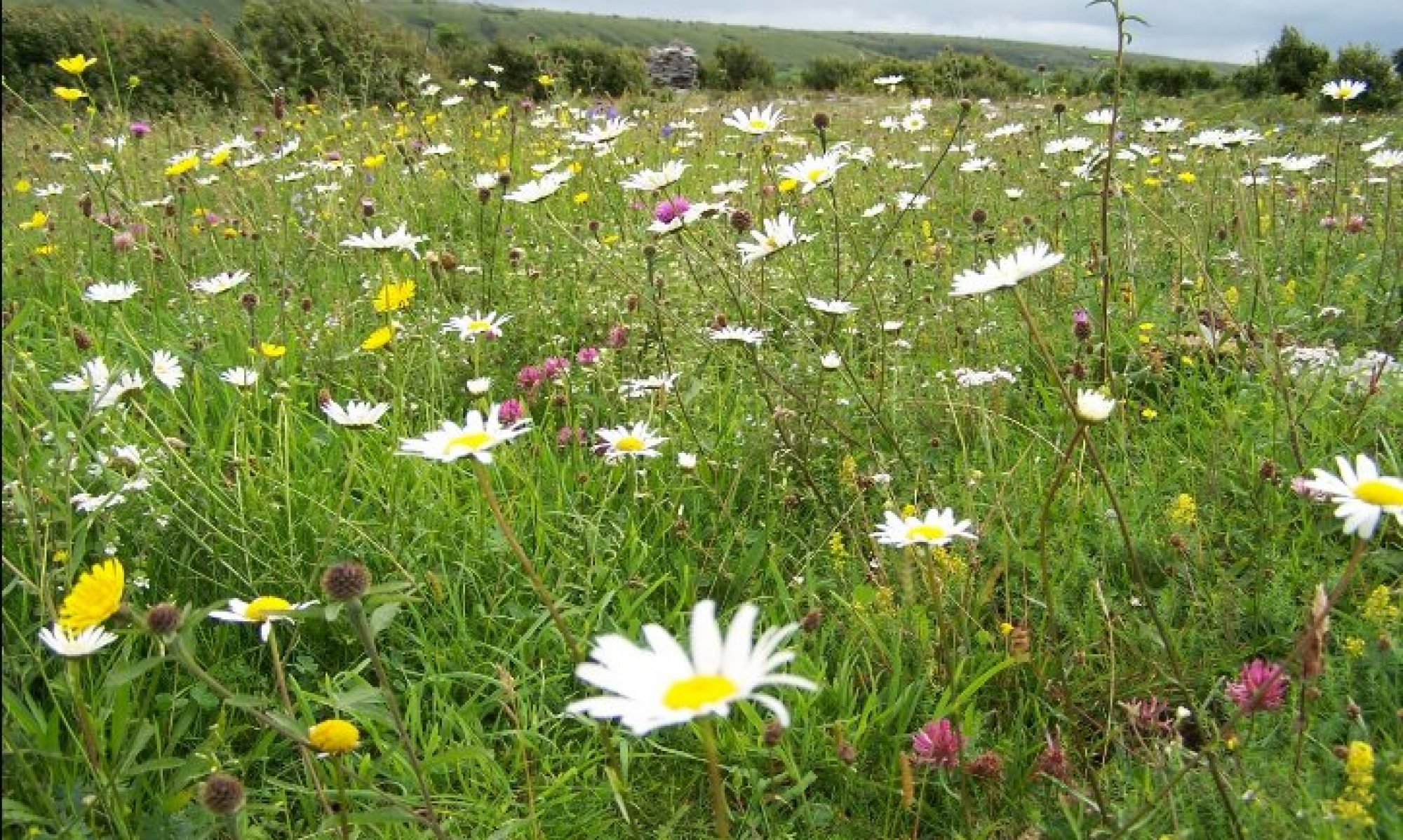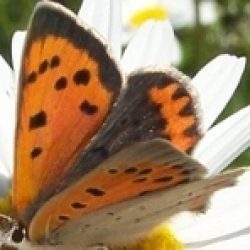The rain is beating heavily on the skylight as I type, the drumming patter and light-swallowing gloom projecting me to a juxtaposed childhood, with confinement and feral freedom vying for prominence in memory.
A 1970s childhood is incomparable with today’s. Technology and the radically different parental outlook on safety are key drivers of the shift from the era when children roamed at will and reappeared when hunger, cartoon time, or bedtime beckoned to an IT-dominated, sedentary life where outdoor activity, when it occurs, is adult-supervised. Rare are the impromptu games that kick off when one of the boys shows up with a new plastic football; games are now scheduled; parents drop off and collect their offspring. Values are quite different, with media playing a greater role in shaping moral values and social mores.
Change brings benefits and drawbacks. We have less contact with the outdoor world, yet ironically, the concern for the condition of the natural environment is greater than it was, despite the loss of nature that occurred well before and during the 1960s and 1970s. More of us say we are worried about the state of nature than the public expressed fifty years ago. I cannot help but feel that some of this is armchair or couch concern, fed by generalised anxiety that is grievously prevalent in contemporary Western society. Deeper empathy comes from contact with nature.
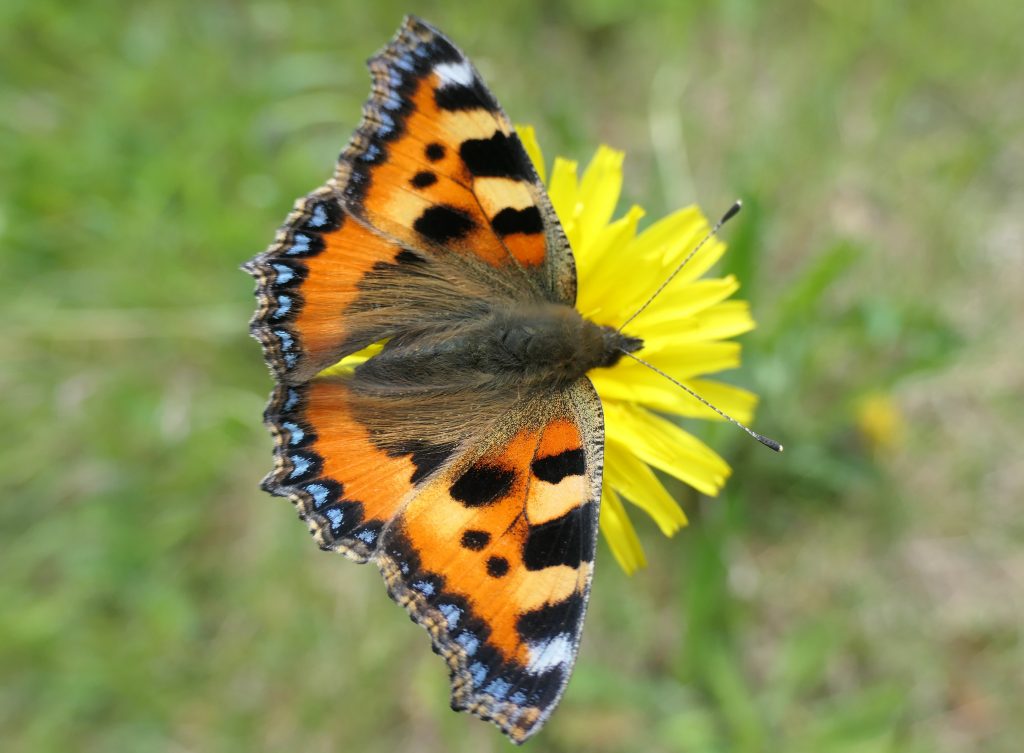
My parents were happy or unhappy. When they were happy, I could disapparate, to use J.K. Rowling’s verb for vanish. Rambling the fields and hills alone or with friends, life was great. Bird nest hunting, pursuing and catching butterflies, looking for Fox dens, Hedgehogs and Badger setts, collecting frogspawn…you name it, we did it.
I was given an arbitrary time to be home by, which I divined by the severity of stomach rumblings or the arc of the sun across the sky or the onset of conscience, quickened by fear of the consequences of lateness, which could be unpleasant.
When my parents were unhappy, life at home reflected that, a pathetic fallacy realised. This could last for days, and confinement indoors followed.
One thing my mother couldn’t abide was grass seed stitched into our socks, an inevitability when traipsing through knee-high grasses of the hay-making era. She set out the conditions for allowing me out, and avoiding grass seed in socks (with her poor English, mum called them ‘nettles’) was one, and utterly unfulfillable. When I returned, socks riddled with seed, consequences occurred.
Mum knew that I would agree to anything for permission to go out, and this was milked. Sometimes the domestic servitude release conditions were so onerous that it wasn’t worth complying: scrub the kitchen floor on hands and knees, hoover the house, wash and dry the dishes, play with your brother and sister (for how long?), do the shopping and then you can go out, as long as you don’t get nettles in your socks.
I recall my surprise at once being offered a choice of punishments: a few smacks or being locked in my bedroom for the rest of the day. The wooden spoon was chosen. Physical punishment, however unpleasant, was brief. After it was administered, parental guilt meant I was allowed to head for the hills.
I was confined in my room. I’d shown my hand. Furious at being tricked and incarcerated, I lay on my bed and cried bitterly. The sun shone outside, laughing at my imprisonment. Think of all the butterflies I was missing. All my friends would be out looking for recently arrived Red Admirals.
There I lay, staring at a white ceiling instead of a blue sky. Perhaps a gang of pals would call to the door asking if I could go out. That might do the trick. Sometimes my mother relented because she’d feel guilty. That didn’t happen that day.
But something good did. The top bedroom window was open, and in danced the most beautiful Small Tortoiseshell butterfly I have ever seen. It fluttered round the bedroom, tossed itself against the brilliant white ceiling, carefully searching for a hideout. I was paralysed with wonder. The usual orange ground colour of the uppersides of the Small Tortoiseshell was instead a deep red, like the pure, dreamlike crimson of Mabille’s Red Glider Cymothoe mabille or even the Blood-red Glider Cymothoe sangaris, both species of Central African forests.
My usual reaction to seeing a butterfly in flight was to sprint in its direction. Spellbound, I lay still. Admiration inspired stillness. What I didn’t know is that this messenger from the world of sunshine has a topographical memory. Egg-laying females lay large clusters of eggs under the leaf of a nettle located near or at the top of a Stinging Nettle. Egg-laying females are frequently disturbed by birds or mammals. The disturbed female flies away from the egg-site, in a straight line, up to 17 metres from their unfinished cluster, returning to resume egg-laying when the disturbance has ended. When a nettle containing an unfinished egg cluster is moved, the female returns to the original position of the nettle, not to the place to which it has been moved. The female is relying on spatial memory, not on scent, to relocate her egg cluster.
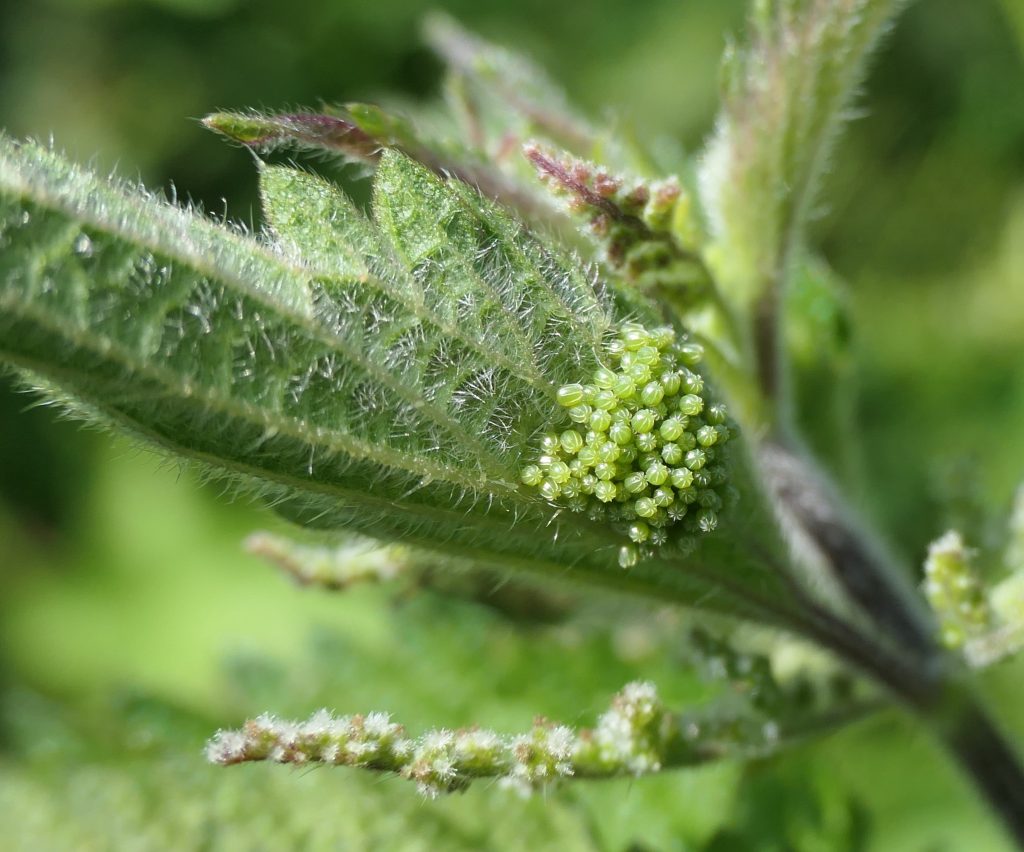
Neither mating nor egg-laying was on the mind of this mythical butterfly. It didn’t blunder into my room. The butterfly was looking for an overwintering spot. From mid-July to early August, a small minority of our Small Tortoiseshells are non-reproductive. Instead of mating and laying eggs and dying, these long-lived Small Tortoiseshells are feeding to lay down the fat needed to hibernate. It seems very strange to think of Small Tortoiseshells and Commas hibernating in July and early August. This pre-overwintering behaviour is typical of most autumn Small Tortoiseshells because most are programmed to delay breeding until the following spring, after hibernation. However, a few Small Tortoiseshells must breed in late August and perhaps in early September; this would explain the presence of caterpillars at the end of September.
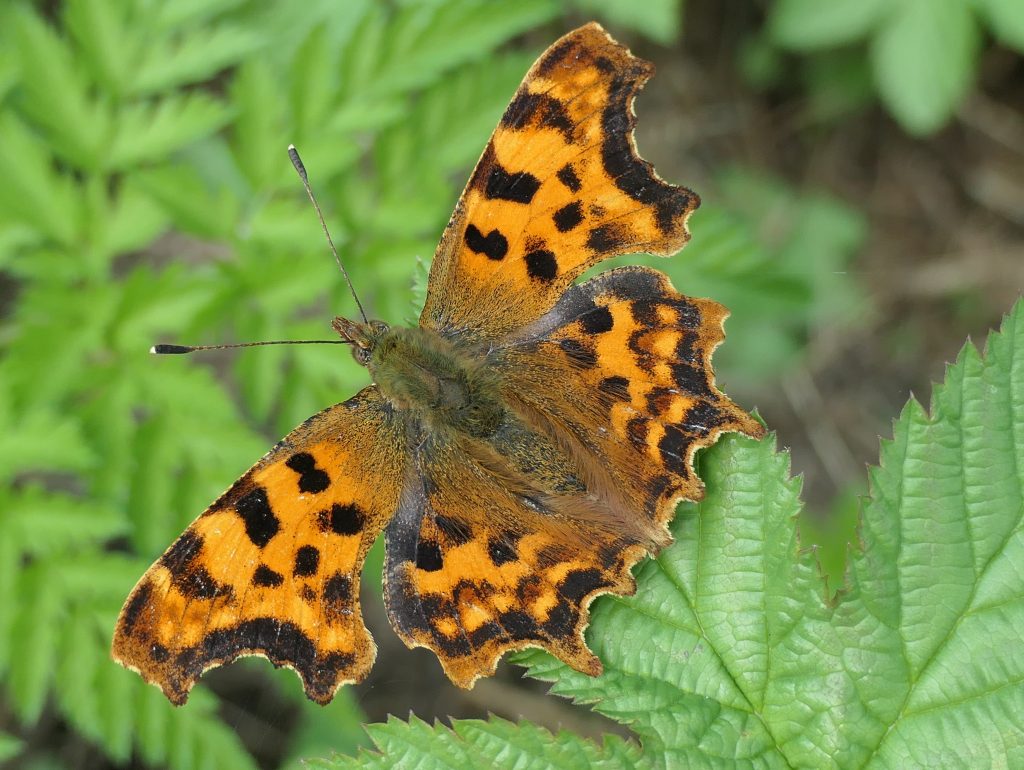
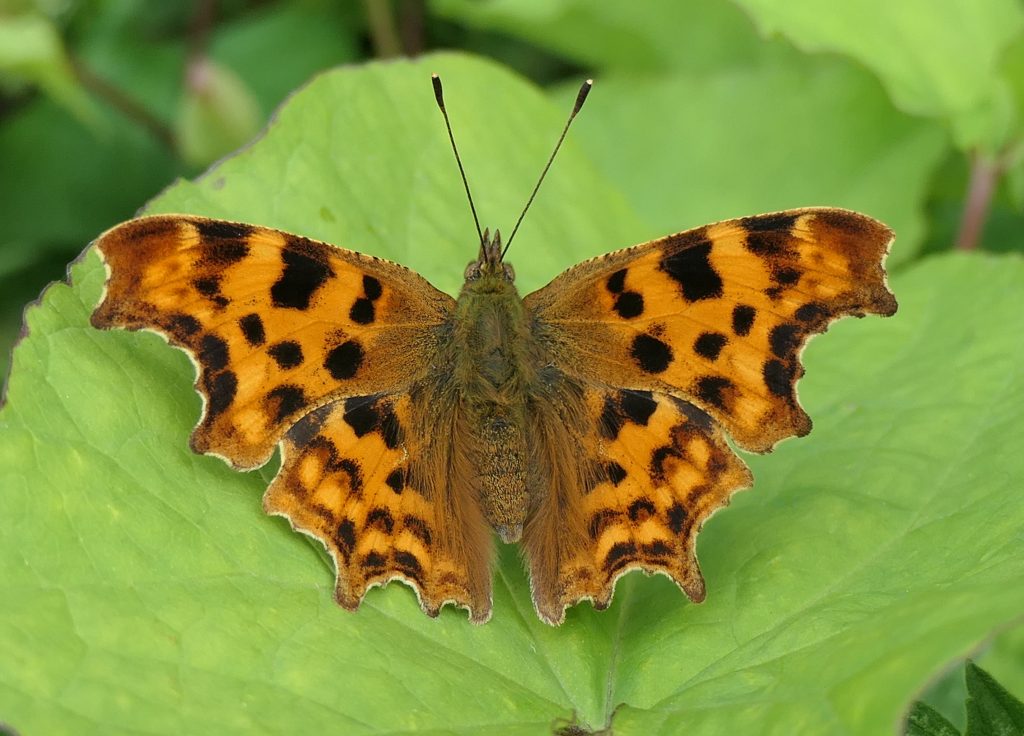
There are a few clues as to whether a Small Tortoiseshell belongs to the reproductive cohort or the reproductive delay population. One is the time of the year. Between March and mid-July, all or nearly all Small Tortoiseshells are direct breeders.
Another is place. Breeding Small Tortoiseshells are found near nettles, less often in gardens and flower-rich habitats. Flower-rich locations are the places where overwintering Small Tortoiseshells gather to get ready for hibernation.
Another indicator is behaviour. Courtship, which involves a lengthy flight with male following female, who appears completely disinterested, will be observed in the general countryside and wilder parks, especially near nettle beds. Males establish territories to locate females. These are often in and near nettle beds but sometimes on sun-soaked tracks and near walls to intercept females that are seeking egg-laying sites.
A certain way to identify a direct-breeding male Small Tortoiseshell, Comma and Peacock is to show an object in his eye line. Non-reproductive males and all females ignore the missile. Breeding males fly at the airborne object.
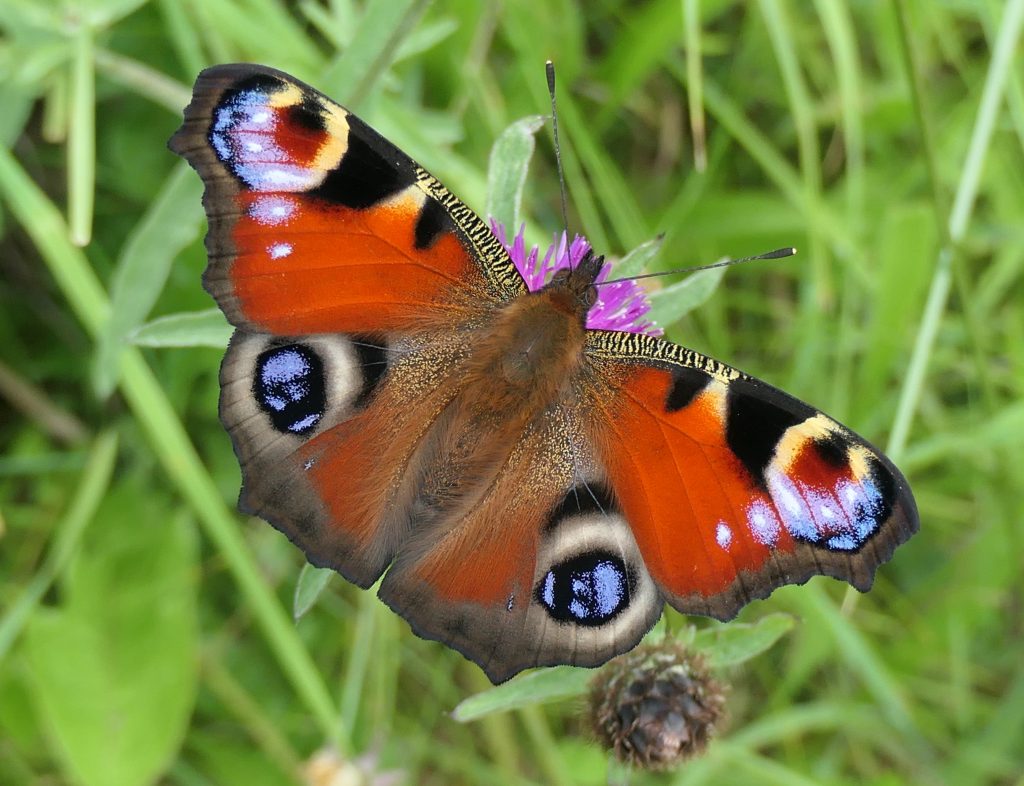
Small Tortoiseshells seen feeding on flowers in late summer and autumn, often concentrated in large numbers, and very easy to approach, are in reproductive diapause. These are second and probably third generation butterflies (the number of generations depends on latitude, climate and very likely, the weather in any given year). These autumn butterflies will join their uncles and aunts that entered hibernation in summer.
I didn’t know this at the age of ten. My gorgeous Small Tortoiseshell, its inspection over, headed back towards the open window. Too late, I thought of shutting it. The bringer of colour, wonder and sunshine was gone. I sprang to the window to follow its flight, but I never saw him again.
The following day, I asked my friends if they’d seen him. They hadn’t.
I hadn’t missed out after all.
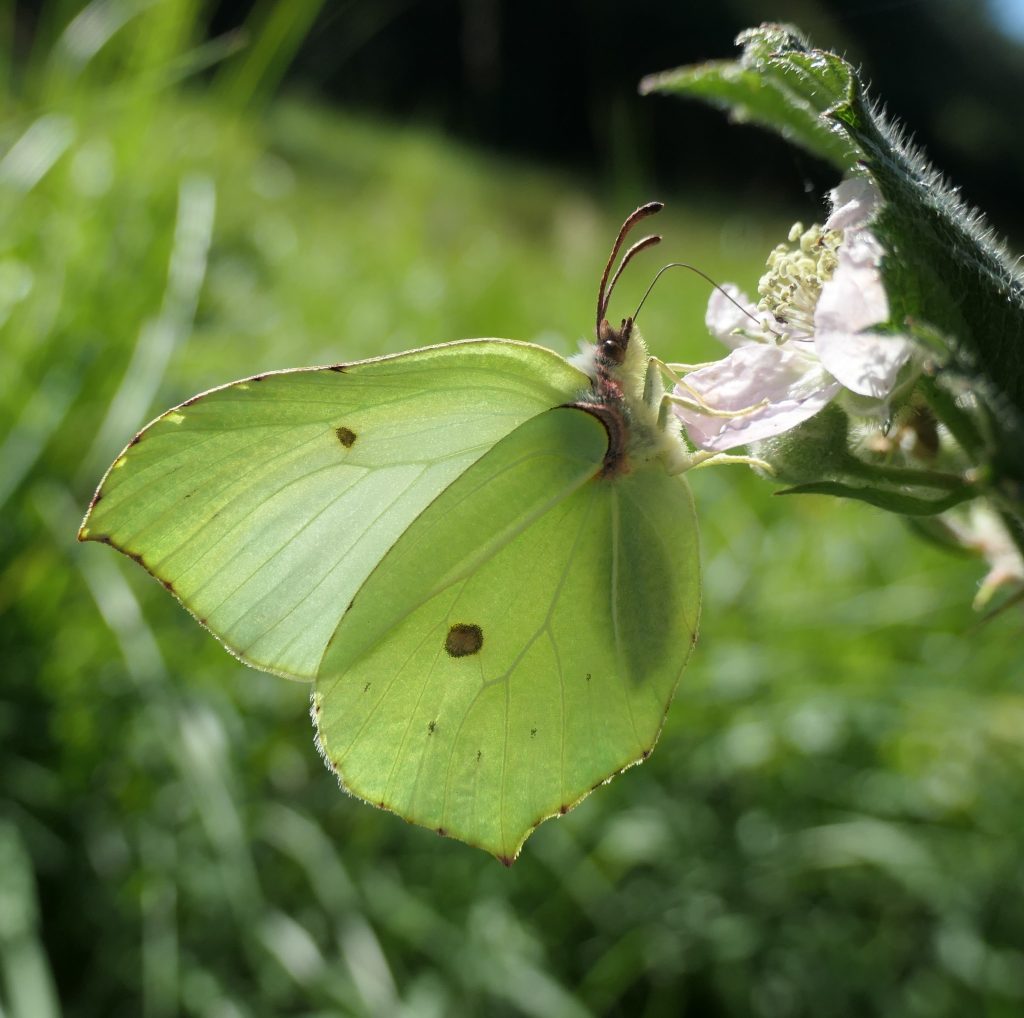
Photographs © J. Harding
